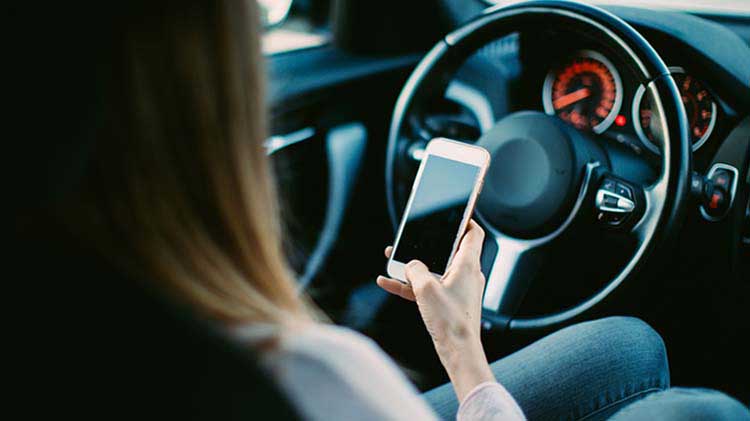rids.verify@gmail.com
+91-9555-581-581 | 9401677773

Driving distractions and how to avoid them
Texting is one of the most dangerous driving distractions, but here are 7 others.
Did you know texting is not the only driving distraction?
In 2018, 2,841 people were killed in crashes involving a distracted driver, according to the National Highway Traffic Safety Administration. Texting while driving is one of the most dangerous driver distractions, but it's not the only one.
More driving distractions to avoid
- Grooming. Pressed for time, some people conduct grooming activities in the car, such as putting on makeup or using an electric shaver. Do yourself and other drivers a favor by completing your morning routine at home.
- Eating and drinking. Your steaming cup of coffee spills or ingredients slip out of your sandwich—any number of distractions can arise when you drive and dine. Stay safer by saving the refreshments until you're parked.
- Monitoring passengers. Attending to children in the back seat can be up to 12 times as distracting as a cell phone and having a pet in your lap adds to distractions.
- Rubbernecking. Slowing down to look at a traffic collision could cause a crash of your own. The same thing goes for lengthy looks at billboards, a street address or a great mountain view.
- Listening to music and infotainment systems. Playing your radio at a high volume or wearing headphones takes your focus away from the road. These distractions reduce the likelihood you'll hear car horns, emergency vehicles or other key noises. Similarly, with cars getting smarter, DVD players in the back and other passengers' devices; there are more distracting sounds than ever before that may be coming from various parts of the car.
- Daydreaming. If you've ever realized you just missed an exit because you weren't paying attention, you've experienced a common distraction: daydreaming. Resist the urge to drift off while driving, and keep your attention on the road. Vary your typical driving routes. A change in scenery and traffic conditions could help you stay alert.
- Nodding off. According to a poll by the National Sleep Foundation®, an estimated 60% of Americans have admitted to driving while drowsy, and 37% have nodded off behind the wheel. If you feel sleepy, pull over. Walk around to rouse yourself, switch drivers, or find a safe place to nap before you resume driving.
Commercial fleet vehicle drivers driving distractions to avoid
- Texting. The Federal Motor Carrier Safety Administration prohibits hand-held mobile phone use while operating a commercial motor vehicle.
- Outside distractions. Do not let your focus drift to things outside of your vehicle, such as billboards or other people.
- Dispatching while driving. While dispatch devices help drivers communicate and navigate, they can be dangerous while your vehicle is in motion. Using a dispatch device while driving takes your eyes and hands away from the road, increasing your risk of a collision.
- Holding or reading maps. While reviewing your directions and notes is important for a smooth trip, it should be done while at a rest stop. Do not risk taking your focus off of the road by reaching for your map and reading it. While GPS systems are generally considered safer, do not try to input information in the GPS while driving.
- Eating. Eating and drinking while driving takes your eyes and hands off the wheel, which is dangerous for you and the drivers around you. Take a minute to safely enjoy your meal while stopped.
- Fatigue. Drivers should adhere to their company's specific guidelines as well as state and/or Department of Transportation regulations regarding the maximum number of hours to operate a vehicle. This could help you avoid becoming fatigued and more susceptible to being involved in a crash.







